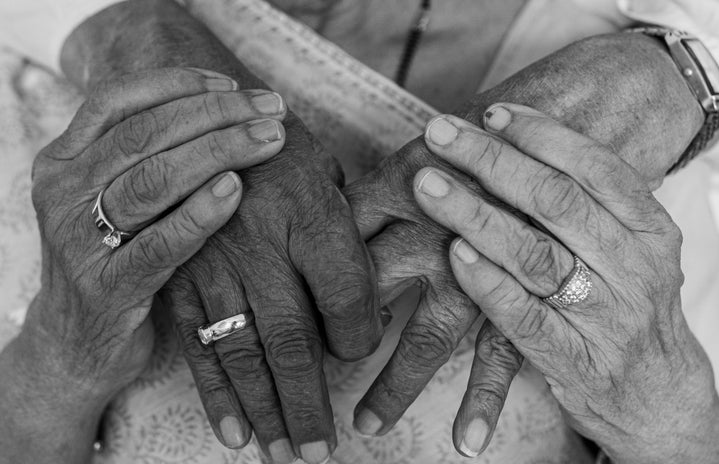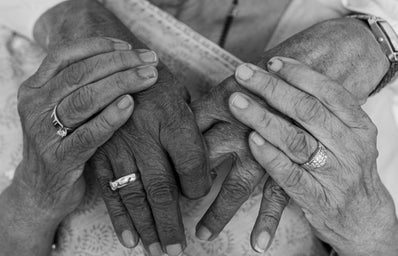In 1967, the Supreme Court unanimously ruled in Loving v Virginia that laws prohibiting interracial marriage were unconstitutional. This was brought to the high court after a Virginia judge sentenced a couple to either a year in prison or banishment from the state. The Supreme Court’s Chief Justice argued that “the freedom to marry, or not marry, a person of another race resides with the individual, and cannot be infringed by the State.” Under this monumental case, laws could no longer ban marriage between different races. Now more than 50 years later, interracial marriage has begun to be normalized within the United States. However, there is still progress to be made. As someone who has been in an interracial relationship for three years, I know firsthand that many still do not support dating or marriage outside of one’s race. I want to share some surprising statistics with you about how interracial relationships are viewed in America.
According to the Pew Research Center, in 1990, 63% of non-black adults said that they would be opposed to a relative marrying a black person. This was twenty-three years after Loving v Virginia. As of 2016, 14% would remain opposed. Although this number has declined drastically, it is clear that changing a law does not automatically end prejudice and racism that has been systemically instilled in our nation. Even more shocking to me was the fact that there are distinct partisan differences found in views about interracial marriage and that both groups appear to be hesitant. 49% of Democrats believe that “the growing number of people of different races marrying each other is a good thing for society.” On the other hand, 28% of Republicans do. These statistics show that the majority of our nation remains unaccepting of interracial relationships.
In my own relationship, going out in public as a white woman with a black man has made me even more aware of the prejudice that remains. Wherever we go, I can expect to see disgusted looks– at the mall, the gas station, the beach. On one occasion, we were verbally harassed by a woman who went out of her way to shout derogatory remarks at us in a grocery store. I was taken aback by this experience, and my eyes were instantly brimming with tears. As a white woman, I had never before been threatened by a stranger based on my race. Afterwards, I found myself distraught and furious that this treatment is normalized for my partner.
I often struggle with the conflicting opinions I hear from my family, friends, and strangers. My boyfriend and I are constantly showered with compliments on our relationship by those our age, but every time we step into public, strangers who are older than us often send disapproving glares our way. I say this not because I want sympathy but because I want everyone to be aware that these racist beliefs did not go away with Loving v Virginia nor have they left us fifty-five years later. I hope that my generation will be the ones to change the stigma surrounding interracial relationships and that we will be able to freely love without fear of judgment, disownment, and disapproving glares.


